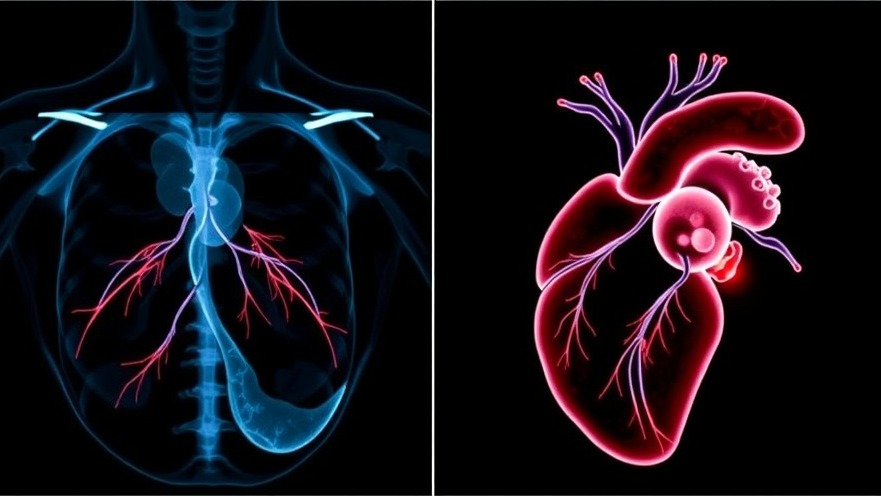
A New Wave in Cardiac Procedures: The Student-Invented Imaging Device
In a remarkable blend of engineering ingenuity and medical necessity, a team of students from Rice University has designed a device that could revolutionize cardiac procedures. Named AnchorCat, this innovative creation aims to enhance the efficiency of cardiac ablation—a procedure that affects over four million Americans suffering from irregular heartbeats. The challenge posed by the need for continuous and stable imaging during such delicate procedures often results in wasted resources, with a second medical professional required solely to hold the imaging catheter in place. With their design, these students are set to change the dynamics of such interventions.
Tackling Challenges in Cardiac Intervention
Team AnchorCat, comprised of six talented engineering students—Vivian Lang, Alexi Pierre-Louis, Sam Wu, Jonathan Makhoul, Sumin Jeong, and Alice Tian—identified a critical bottleneck in the cardiac procedures. Traditionally, keeping the imaging catheter steady requires an additional skilled personnel, often diverting valuable resources during a time-sensitive process. This inefficiency is not just an inconvenience; it can impact the overall quality and speed of patient care.
Design Process Supported by Clinical Expertise
The idea for the device came from a challenge brought to the Oshman Engineering Design Kitchen by the Texas Heart Institute. Under the mentorship of Dr. Mehdi Razavi and Dr. Feng Gao, the students were able to merge engineering principles with clinical needs. The collaboration allowed them to focus their innovation on tangible problems faced in operating rooms, bridging the gap between theoretical design and practical application. This partnership not only provided critical feedback, but also imparted real-life insights that guided the team's development and shaped their final product.
Innovative Features of the AnchorCat Device
The final design features a wide, weighted base to enhance stability and a sophisticated rotator with a ratcheting mechanism for precise torque control. The fixator, a crucial component of the product, locks the catheter handle into position while maintaining access to its built-in dials. This ensures that the primary physician can maintain complete control without the need for an additional set of hands. Such innovations highlight the students' ability to navigate complex engineering challenges while keeping patient safety and procedural efficiency in mind.
The Future of Cardiac Devices and Medical Technology
As medical technology continues to evolve, devices like AnchorCat are paving the way for increased efficiency within healthcare settings. Beyond just the scope of cardiac procedures, this approach to problem-solving can and should be applied across various medical fields. The success of student-led initiatives enriches the landscape of medical innovations—leading us to wonder how many more unique solutions are out there waiting to be discovered by a fresh generation of engineers.
Real-World Implications of This Technology
For health practitioners, the implications of such innovations are vast. A streamlined imaging process could lead to shorter operation times and improved patient outcomes, directly impacting staff allocation—an increasingly critical factor in today's healthcare landscape characterized by staff shortages and increased patient loads. With advancements in imaging technology, practitioners can anticipate an overall enhancement in procedural accuracy, potentially reducing complications associated with traditional methods.
Conclusion: Embracing a New Era of Medical Innovation
The intersection of engineering creativity and medical expertise is where transformative changes happen. As we witness the promising development of devices like AnchorCat, healthcare professionals must stay abreast of these innovations. It’s vital to engage with new technology solutions that could not only enhance clinical practice but also improve patient outcomes. As we embrace this new era, keep an eye out for more college-led initiatives that challenge norms and redefine standards of care.
Call to Action: Stay informed about the latest in medical innovations and think about how you can incorporate them into your practice. Engage with new technologies to provide the best care for your patients and maintain a competitive edge in today's evolving healthcare environment.
 Add Row
Add Row  Add
Add 




Write A Comment